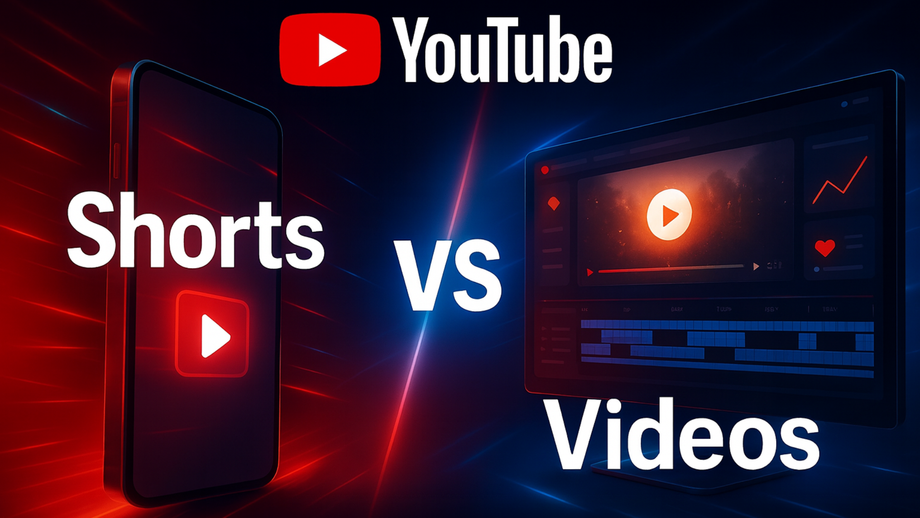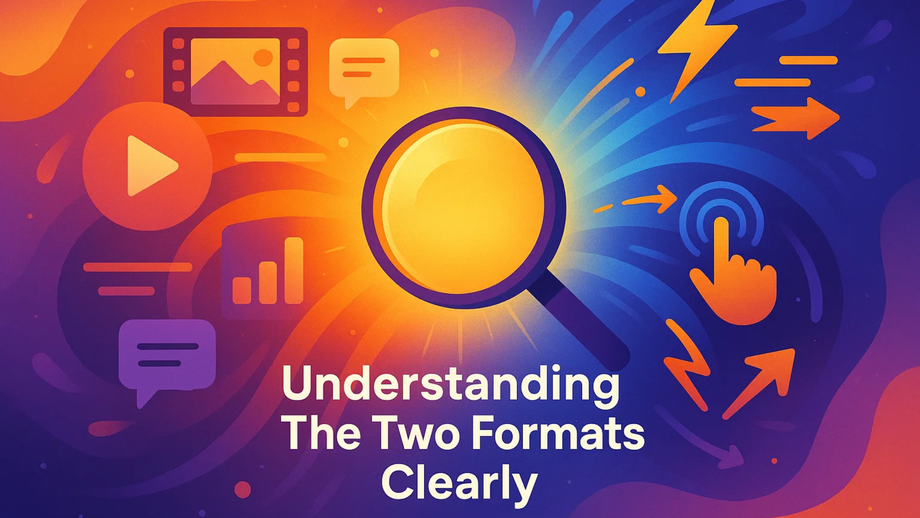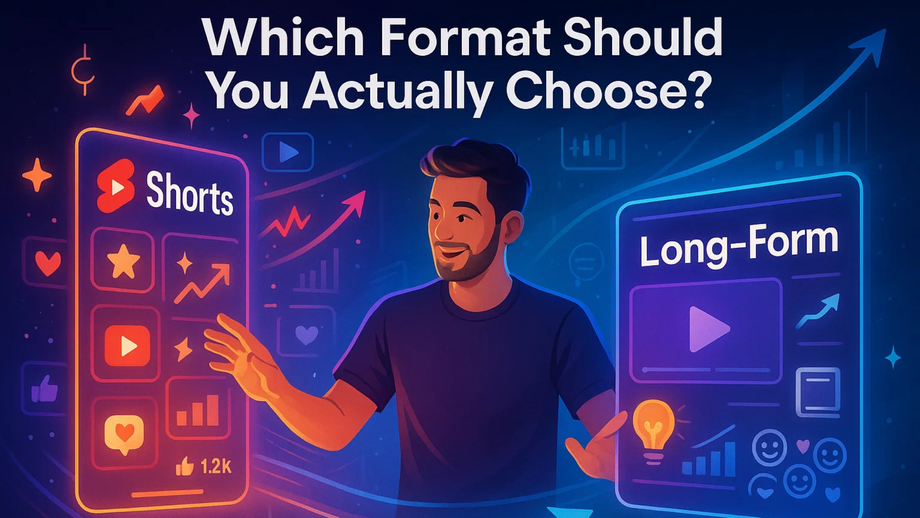YouTube Shorts vs Videos: Which Format Truly Drives Growth?
Are you struggling to decide which format brings better reach, subscriber growth, and monetization? With creators everywhere debating what works best, the real question remains simple: Which format actually helps you grow faster right now?
Here’s the quick, direct answer most people search for: Shorts help you get discovered quickly, while long-form videos build deeper engagement and stronger earnings. Understanding this difference is the foundation of choosing your ideal content strategy.
Understanding the Two Formats Clearly
The debate around YouTube Shorts vs videos often becomes confusing because Shorts and long-form videos serve entirely different purposes on the platform. Shorts are built for speed, immediacy, and trend-driven visibility. Long-form videos focus on depth, storytelling, and sustained watch time.
Shorts appear in a vertical scrolling feed that encourages quick consumption. They are ideal for reaching viewers who may not know you yet. Their fast delivery and bite-sized nature help you test ideas, ride trends, and attract new eyes with minimal production effort.
Long-form videos, however, remain the heart of YouTube’s ecosystem. They hold attention longer, allow creators to showcase expertise, and shape viewer relationships. This is where stronger monetization, longer viewing sessions, and consistent recommendations happen.
Performance Differences That Matter Today
Shorts are powerful for discovery because the algorithm pushes them to viewers who simply enjoy fast, engaging content. Their visibility can climb quickly, often within hours, giving creators sudden bursts of exposure. But their rapid consumption also makes it harder to form a meaningful audience connection. Viewers scroll fast, return rarely, and engage lightly.
Long-form videos deliver an entirely different outcome. They keep viewers watching for minutes, sometimes hours, which strengthens a channel’s authority in YouTube’s eyes. This watch time strengthens your YouTube stats, signalling value and satisfaction to the algorithm. That’s why long videos keep circulating for days, weeks, or even years, serving as a steady and long-lasting growth engine.
How the Algorithm Treats Both Formats
YouTube now treats each format independently. Shorts power discovery while long-form engages returning viewers. They don’t compete against each other; instead, they work on separate tracks designed to meet different viewer intentions.
Shorts encourage fast interaction. They appear primarily on the Shorts shelf, where viewers swipe rapidly through endless content. The algorithm looks for early retention and viewer satisfaction to continue pushing them forward.
Long videos perform best when they create a viewing session. They hold attention, lead viewers to additional videos, and build a chain of recommended content. This structured engagement is far more valuable for creators seeking sustainable growth.
Which Format Should You Actually Choose?
Your choice depends on your goals. Shorts offer quick reach, low effort, and trend-driven visibility, ideal for early creators and experimentation. They naturally support Social Media Boosting by bringing in fresh audiences fast.
Long-form videos are ideal if your niche requires teaching, demonstrating, reviewing, or storytelling. They allow you to showcase authority, deliver complete value, and build viewer loyalty. If you expect meaningful monetization, long-form should remain at the core of your strategy.
When used together intentionally, the two formats create a powerful cycle: Shorts bring new viewers in, and long-form videos convert them into long-term followers. This combination often produces the strongest and most stable growth.
A Balanced Strategy That Works
Instead of choosing one path, you can create a system where both formats support each other. Many successful creators use Shorts to capture attention and long-form videos to deepen relationships. A short clip can tease a larger story, introduce a topic, or highlight a moment that leads viewers back to your full content.
This hybrid approach allows you to experiment quickly with Shorts while maintaining the reliability of long-form videos. When executed well, your channel gains both momentum and authority, a rare combination that leads to sustained success on the platform.
By understanding how both formats complement each other, you gain the freedom to tailor your content according to your audience’s behaviour and your long-term goals.
You can also watch: Socinator| All-in-One Social Media Management Platform
Summary
Shorts offer speed, exposure, and experimentation. Long videos offer depth, connection, and monetization. Your ideal strategy blends both formats thoughtfully, using Shorts for discovery and long-form content for lasting growth, a balance that strengthens your overall approach to YouTube Shorts vs videos.
When creators understand the strengths of each format, they can design smarter content funnels, guide viewers intentionally, and build a channel that performs reliably over time. Shorts capture attention, but long-form content converts that attention into trust, loyalty, and meaningful engagement. This balance ultimately leads to stronger authority, consistent recommendations, and sustainable YouTube success.
FAQ
Do Shorts reduce the performance of long-form videos?
No. YouTube separates the two formats, so one doesn’t negatively impact the other.
Can a channel grow using only Shorts?
Yes, but monetization and loyal community-building become harder.
Are long-form videos still relevant?
Absolutely. They remain essential for serious growth, higher earnings, and building viewer loyalty.
- Art
- Causes
- Crafts
- Dance
- Drinks
- Film
- Fitness
- Food
- Oyunlar
- Gardening
- Health
- Home
- Literature
- Music
- Networking
- Other
- Party
- Religion
- Shopping
- Sports
- Theater
- Wellness







